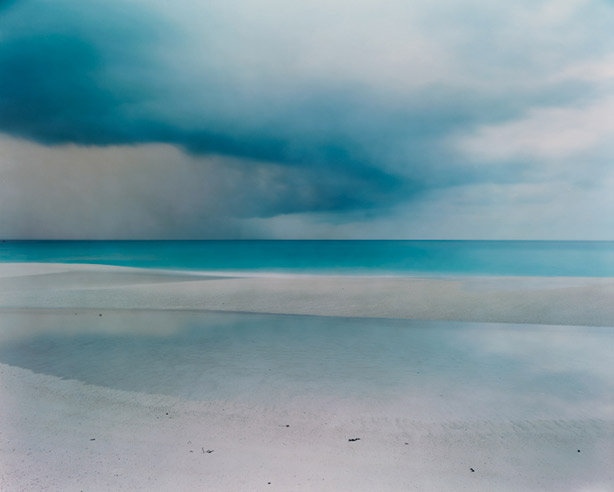ANDERS KRISÁR
Despite a fixation on man’s limitations, Swedish-born artist Anders Krisár seems to have garnered a reputation for nearly flawless sculpture. His pieces, particularly those concerning his own internal yearnings as a young boy, benefit from an ability to employ subtlety to jarring ends. With a focus on family and, more broadly, interpersonal relations, he creates castings of torsos, limbs, and full figures, then projects internal conflicts by way of external markings. His photographs, conversely, seem to play off the passing of those relationships, featuring nearly-empty rooms carrying the eerie smeared light of an individual having come and gone, leaving only the memory behind.
This month, independent publisher Orosdi-Back releases a monograph of his work, encapsulating this focus on dichotomies in seventy illustrations stretching across 184 pages. Accompanying the images are essays by an array of notable scholars, including Sandhini Poddar and Arnaud Gerspacher of the Guggenheim Museum, critic Katie Kitamura, and Anders Kreuger, curator at Lund Konsthall in Sweden. While the translation of other media to print can have its difficulties, fortunately for readers, Orosdi-Back achieves a certain cleanliness that places the attention firmly on Krisár’s softly-spoken message.
Anders Krisár is out this month from Orosdi-Back. “Anders Krisár: New Man” runs through October 15 at Ramis Barquet, 532 West 24th Street, New York.


















